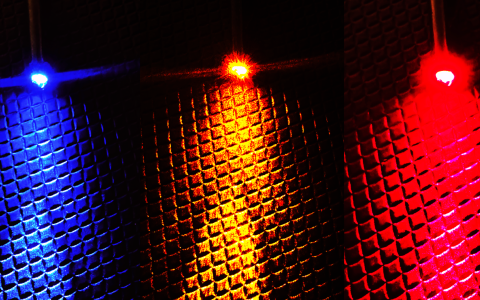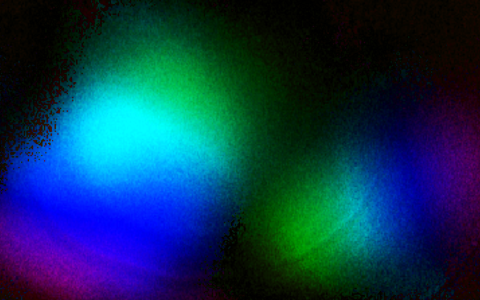
Mapping the brain’s superhighways within and across cortical hemispheres
By April Cashin-Garbutt
When you watch a pianist play, you can see how their left hand is in perfect harmony with their right. Yet the two hands are controlled by different brain hemispheres. The left hemisphere controls the right hand, and the right hemisphere controls the left. Therefore, fine coordination between the two brain hemispheres is crucial.
You don’t have to be an accomplished pianist to exhibit this fine coordination. We do this every day. For example, any time you pick up an object with two hands, your brain must integrate the information from both hemispheres. Researchers at the Sainsbury Wellcome Centre at UCL and Jena University Hospital have been studying how this works by looking at the interconnectivity of different brain areas both within and across hemispheres.
Uncovering bilateral symmetry
To understand how the brain integrates information, scientists in the Margrie Lab at SWC carried out an anatomical mapping study in mice aimed at deciphering the logic of long-range connectivity within and between the two hemispheres. They found that a given cortical brain area receives input from numerous areas located within the same hemisphere but also from the same areas located in the contralateral hemisphere.
“While the ipsilateral input is the primary source of input to a given cortical area, we found a high degree of bilateral symmetry when comparing it to the contralateral input, much more than previously thought,” explained Dr Simon Weiler, SWC Research Fellow and first author on the new study published in eLife.

Layer 6 cells mediate the connectivity within and between hemispheres
To identify the sources of anatomical input within and between the brain cortical hemispheres, the team performed an analysis of the distribution of projection neurons across all six layers that comprise the mammalian neocortex. Earlier tracing studies had identified layers 2/3 and 5 as the primary sources of long-range connections. However, layer 6 had not been previously tested mainly due to technical limitations and a lack of L6 cre-reporter lines.
Newly engineered viral tracing approaches, developed in house by the viral vector core at SWC, and injections targeting all cortical layers allowed the team to test the specific role of layer 6 cells. The state-of-the-art retrograde tracing approach used a newly engineered nuclear adeno-associated virus (AAV) that labels only the nucleus of projection neurons.
“The big advantage of only labelling the nucleus and not the whole cell with its numerous processes is that the labels are small uniform spheres that are easy for software to automatically detect and count. This also minimizes the problem of overlapping cells,” commented Dr Weiler.
Using this approach the team systematically injected the virus into the target brain areas – primary visual cortex, barrel cortex and motor cortex – across all cortical layers. The virus was then taken up by axons that project to these cortical areas, labelling the nuclei of projection neurons with a green fluorescent protein (GFP).
Next the researchers used serial 2-photon tomography in the Advanced Microscopy facilities at SWC to cut and image the entire brain at cellular resolution. Then they used BrainGlobe API algorithms, developed at SWC, to automatically detect and count individual cells across the entire brain that give rise to the input to the three target areas.
“We found that excitatory layer 6 corticocortical cells form a major projection pathway both within and across the two hemispheres. This was not specific to a given target area, as we found it in visual cortex, barrel cortex and motor cortex, meaning that this is a general feature of primary cortical areas. Layer 6 cells are broadcasting information throughout the two brain hemispheres. In the majority of cases L6 exceeds layers 2/3 and 5 in terms of its contribution to the overall projection,” explained Dr Weiler.
Contra-hemispheric projections reflect feedback organisation
Next the team wanted to understand how this relates to feedback and feedforward projections in the brain. While feedforward projections are important to build an initial representation of the external world (bottom-up), feedback projections exert context-dependent modular function on cortical processing (top-down). It has previously been shown that supragranular layers, such as layer 2/3, are the main source of feedforward projections, while infragranular layers, such as layer 5/6, are the main source of feedback input.
Earlier work also demonstrated that the ratio of supra- to infra-granular layer projections can be used to reveal the anatomical underpinnings of the hierarchy of cortex in both primates and mice. A high ratio towards layer 5/6 indicates feedback, whereas a high ratio towards layer 2/3 indicates feedforward.
“We used this ratio and found that all the projection areas in the contralateral hemisphere have an anatomically higher hierarchical rank compared to the ipsilateral counterpart area. This means that the contralateral hemisphere provides a predominantly feedback projection to all these three different cortical areas,” concluded Dr Weiler.
Future directions
The next steps for the team are to investigate how this anatomical hierarchy relates to function. Dr Weiler is currently investigating how the contralateral projection between layer 6 of the primary visual cortex impacts visual processing and perception.
Find out more
- Read the article in eLife, ‘Layer 6 corticocortical neurons are a major route for intra- and interhemispheric feedback’
- Learn more about research in the Margrie Lab


